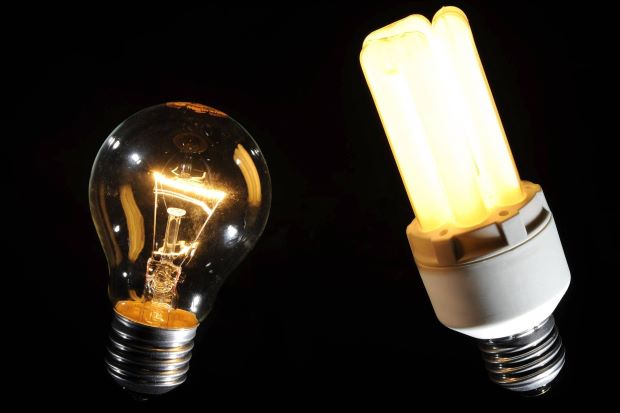Project Motivation
Energy Consumption in Singapore
To align with the government's goal to reduce energy consumption and wastage and improve public awareness and education on issue, our team sets out to explore ways to improve the way energy consumption data is being visualized and displayed.

Issues/Problems
Lack of coherent visualization
While energy consumption data in Singapore is readily available, the visualization lacks interactivity and coherence, resulting in users being unable to gain useful insights from the visualization.

Approaches
Data Preparation and Visualization
The datasets are stacked, concatenated and geocoded. To visualize the dataset, we made use of D3.js to present the data using a variety of visualization techniques.



